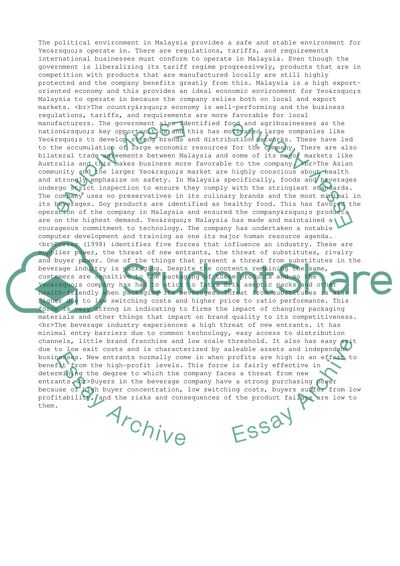Cite this document
(“BUSINESS STRATEGY Company case report (written document) Essay”, n.d.)
Retrieved from https://studentshare.org/business/1393347-business-strategy-company-case-report-written
Retrieved from https://studentshare.org/business/1393347-business-strategy-company-case-report-written
(BUSINESS STRATEGY Company Case Report (written Document) Essay)
https://studentshare.org/business/1393347-business-strategy-company-case-report-written.
https://studentshare.org/business/1393347-business-strategy-company-case-report-written.
“BUSINESS STRATEGY Company Case Report (written Document) Essay”, n.d. https://studentshare.org/business/1393347-business-strategy-company-case-report-written.


